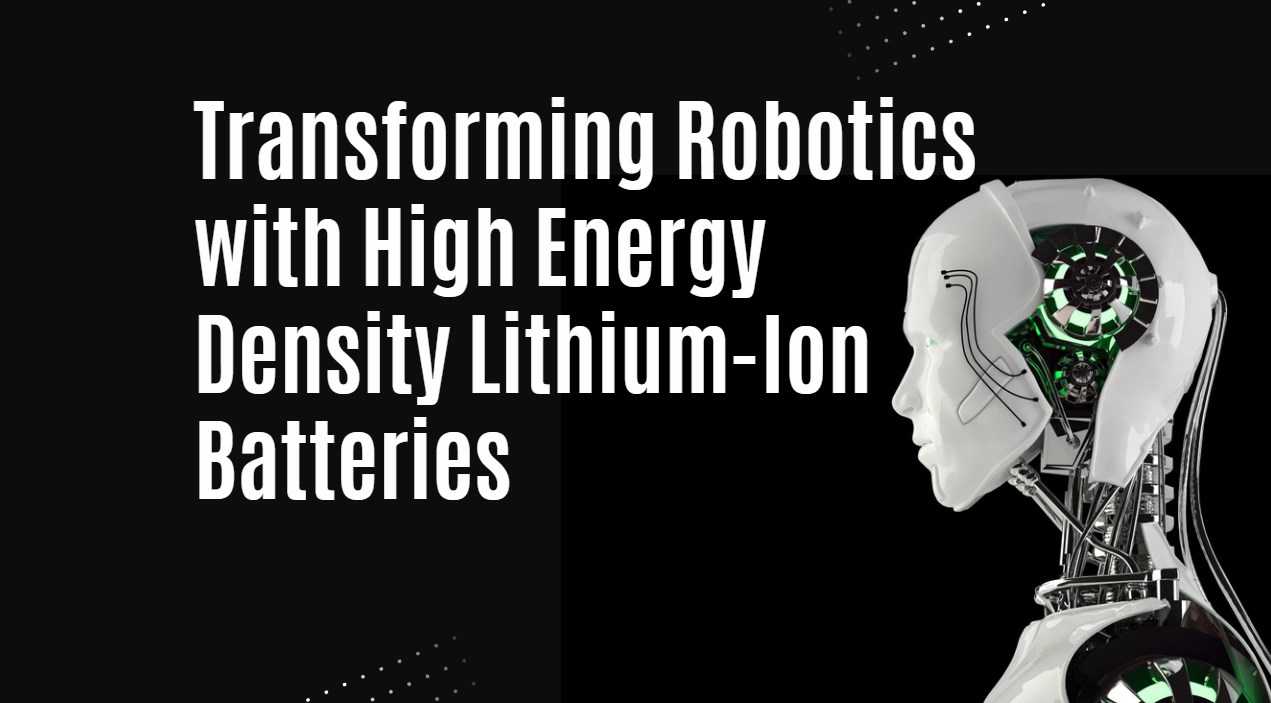Lithium-ion batteries are at the forefront of powering modern robotics due to their high energy density, lightweight design, and efficiency. As robotic applications become more sophisticated, the demand for batteries that can deliver sustained power while minimizing weight is critical. This is especially important in fields such as industrial automation, medical robotics, and autonomous vehicles.
Energy Density Breakthroughs
Recent advancements in lithium-ion battery technology have led to record-breaking energy densities. Researchers have developed pouch-type lithium batteries with energy densities exceeding 700 Wh/kg. This significant improvement allows for longer operational times and enhanced performance in robotic systems, enabling robots to perform complex tasks without frequent recharging.
- High-Capacity Cathodes: New designs feature lithium-rich manganese-based cathodes that maximize energy storage capacity.
- Thin Lithium Metal Anodes: These innovations increase the overall efficiency of the battery, allowing for higher charge-discharge rates.
Such advancements not only enhance the capabilities of existing robots but also open up new possibilities for future applications, including electric aviation and other high-demand sectors.
Advantages of Lithium-Ion Batteries in Robotics
- Lightweight and Compact: The high energy density allows for smaller battery sizes, reducing the overall weight of robotic systems and improving mobility.
- Long Cycle Life: Lithium-ion batteries can endure numerous charge cycles without significant degradation, making them ideal for long-term use in robotics.
- Rapid Charging: Many modern lithium-ion batteries can be charged quickly, which is essential for minimizing downtime during operations.
Safety Considerations
While high energy density offers numerous benefits, it also introduces safety concerns. The potential for thermal runaway and other hazards necessitates the integration of advanced safety features in battery design:
- Battery Management Systems (BMS): These systems monitor battery conditions to prevent overheating and ensure safe operation.
- Solid-State Technologies: Research into solid-state batteries aims to enhance safety while maintaining high energy densities, making them a promising alternative for future robotic applications.
Latest Innovations in Battery Technology
The continuous growth of the electric vehicle market is driving innovations in lithium-ion technology that directly benefit robotics. For example, new materials are being explored to improve battery performance:
- Alloying Materials: Researchers are investigating silicon and germanium as alternatives to traditional graphite anodes, which could lead to greater capacities.
- 3D Electrode Architectures: Advanced manufacturing techniques are being employed to create more efficient battery designs that improve charge transfer and overall performance.
Redway Expert Comment
As experts at Redway Battery, we recognize the transformative impact that high energy density lithium-ion batteries have on robotics. These advancements not only enhance operational efficiency but also expand the potential applications of robotic technologies across various industries. Ensuring safety while pushing the boundaries of performance will be crucial as we move forward.”




